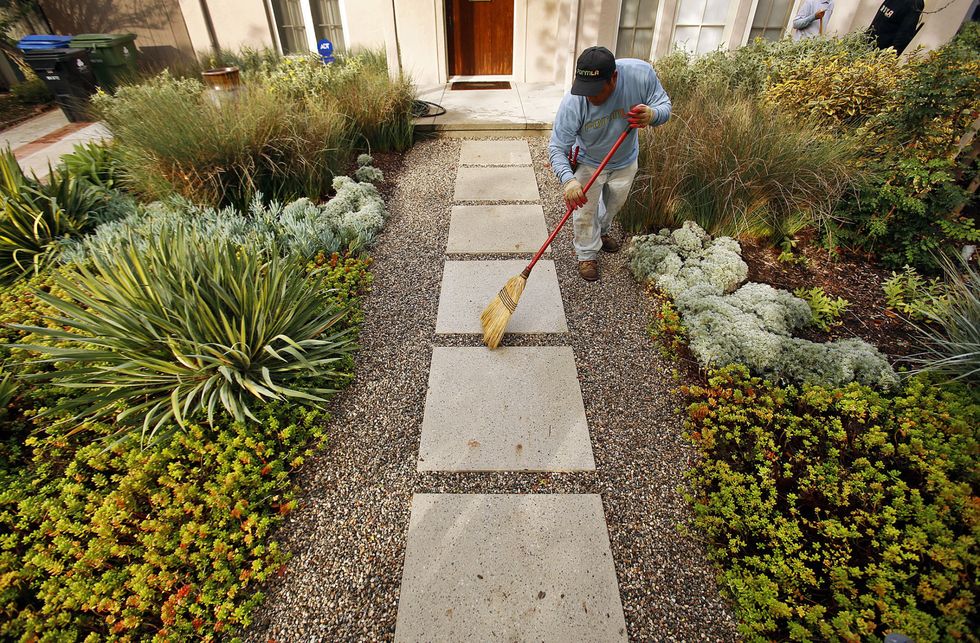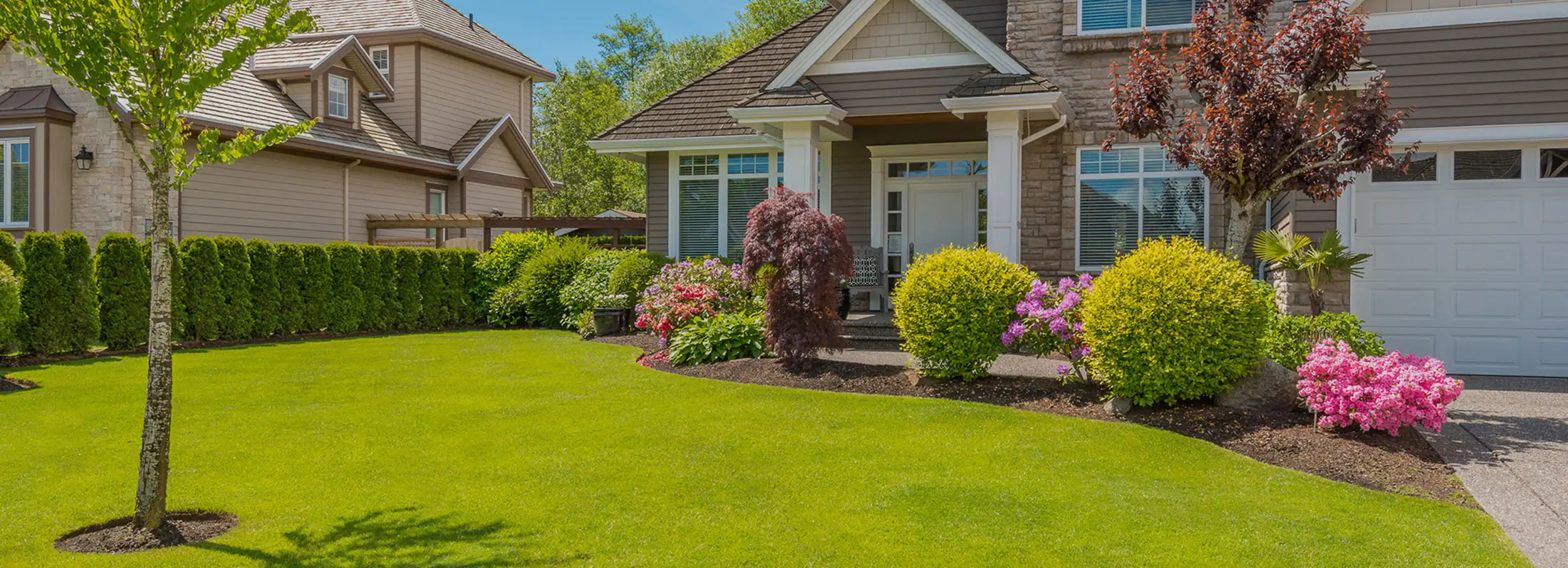Just How Palm Desert Landscaping Can Raise Your Home's Curb Appeal
Just How Palm Desert Landscaping Can Raise Your Home's Curb Appeal
Blog Article
A Comprehensive Guide to Designing and Implementing Effective Landscaping Solutions
The art and science of landscape design expand past mere appearances; they involve a thoughtful integration of style principles, ecological stewardship, and sensible application. What methods can one use to ensure these landscapes not just grow but likewise grow in harmony with their environments?

Recognizing Landscape Style Concepts
One may wonder what foundational aspects add to efficient landscape design. At its core, effective landscape style hinges on a number of vital principles that lead the plan and choice of aspects within an area. These concepts consist of unity, balance, rhythm, and percentage, each serving to create a harmonious outside atmosphere.
Unity describes the natural relationship among different parts, ensuring that they function with each other cosmetically and functionally. Balance can be achieved via unbalanced or in proportion setups, permitting the landscape to feel secure and welcoming. Proportion involves understanding the scale of aspects in connection with each various other and the surrounding environment, advertising aesthetic consistency and convenience.

Evaluating Your Outdoor Space
Before applying the concepts of landscape layout, a detailed analysis of your exterior space is essential. This initial assessment aids define the extent of your landscape design project and ensures that your design aligns with the special features of your building. Begin by assessing the measurements of your space, taking exact dimensions to understand the offered area for various components such as outdoor patios, yards, and paths.
Following, observe the existing functions of your landscape, consisting of topography, soil quality, and drainage patterns. These aspects considerably affect plant choice and positioning. Additionally, evaluate the sunshine exposure throughout different areas throughout the day, as this will impact the kinds of plants that prosper in your garden.
Think about the microclimates created by structures, trees, and other barriers, as they can impact temperature level and moisture degrees. Take note of any kind of existing plants or hardscape elements that you wish to preserve or get rid of. This thorough analysis prepares for a efficient and knowledgeable landscape design option, ensuring that your design is not just cosmetically pleasing but likewise functional and sustainable for several years ahead.
Sustainable Landscape Design Techniques
These methods not just promote environmental balance yet likewise boost the visual and useful value of a landscape. Carrying out efficient watering systems, such as drip watering, lessens water waste and makes certain that plants you can try this out receive appropriate moisture (Palm Desert Landscaping).

An additional reliable technique is the critical positioning of shrubs and trees to give natural windbreaks and color, thus decreasing power costs (Palm Desert Landscaping). Rainfall yards can be integrated right into the landscape style to manage stormwater overflow efficiently, filtering pollutants prior to they get in waterways
Choosing the Right Plants
Choosing the right plants for your landscape is vital to attaining both aesthetic allure and eco-friendly consistency. The procedure begins with an understanding of your local environment, dirt conditions, and the details microenvironments within your landscape. Assessing factors such as sunlight exposure, moisture levels, and existing flora will help you choose plants that thrive in your unique setting.
Consider including native plants, as they are well-adapted to Resources local problems, call for less upkeep, and assistance regional wildlife. Additionally, choosing a diverse variety of types can boost biodiversity while reducing the threat of disease and insect outbreaks. It is necessary to review the growth habits, growing durations, and seasonal colors of possible plants to develop a vibrant and cohesive landscape.
Additionally, assume concerning the planned use of the space; as an example, if the area will experience high foot traffic, select durable ground covers. By attentively choosing plants that straighten with both your visual goals and environmental needs, you can produce a lasting landscape that not only enhances your home but also contributes positively to the surrounding environment.

Implementation and Maintenance Techniques
As soon as the appropriate plants have been selected for your landscape, the focus changes to reliable implementation and recurring maintenance strategies. Successful setup begins with proper site prep work, which consists of soil screening to determine nutrient levels and pH, complied with by modifying the dirt as needed. Meticulously prepare plants according to their growth practices and light needs, making sure ample spacing to promote healthy growth.
Irrigation is a critical component of implementation. Develop a watering timetable that takes into consideration the certain requirements of each plant species, changing for seasonal adjustments. Using drip irrigation systems can enhance water performance and reduce overflow.
Maintenance techniques need to be carried out to guarantee the longevity and vitality of your landscape. Regular tasks include weeding, mulching, and trimming to manage development and protect against disease. Fertilizing needs to be performed More Info based upon soil tests, providing the necessary nutrients without over-fertilizing.
Checking for pests and illness is necessary; early detection can stop substantial damage. Lastly, seasonal changes to upkeep regimens, such as preparing and winterizing perennials for spring growth, will make sure that your landscape continues to be healthy and visually enticing year-round.
Conclusion
Successful application and continuous upkeep even more guarantee the long life and vigor of landscapes. By integrating these aspects, landscapes can be transformed right into lovely, practical environments that advertise biodiversity and add favorably to neighborhood health.
One may question what foundational elements add to efficient landscape design. At its core, successful landscape design hinges on a number of essential concepts that direct the setup and option of components within an area.Selecting the right plants for your landscape is important to accomplishing both visual charm and eco-friendly consistency. It is crucial to assess the development routines, growing durations, and seasonal shades of prospective plants to create a cohesive and dynamic landscape.
Once the right plants have been picked for your landscape, the emphasis changes to reliable implementation and continuous maintenance techniques.
Report this page